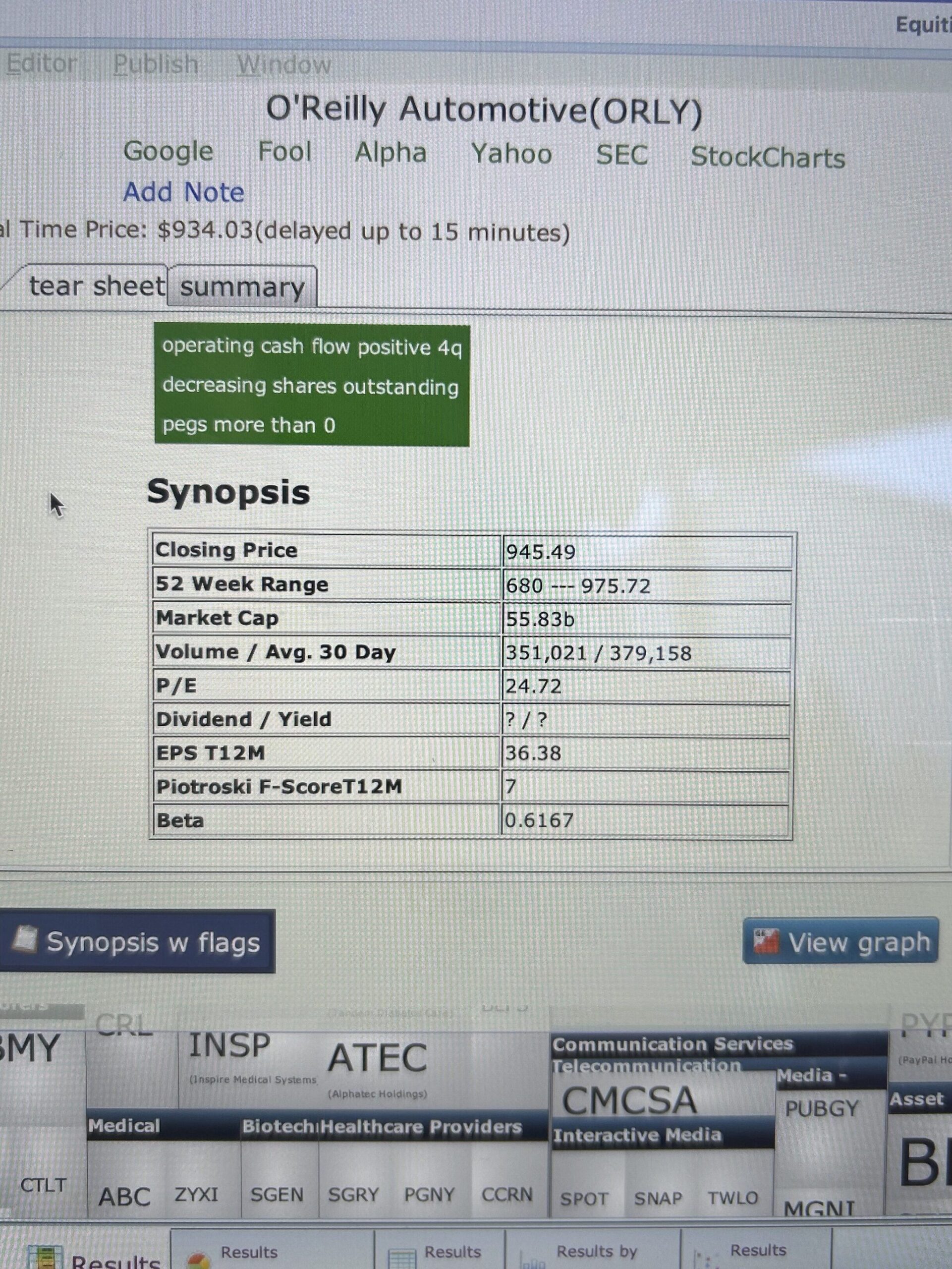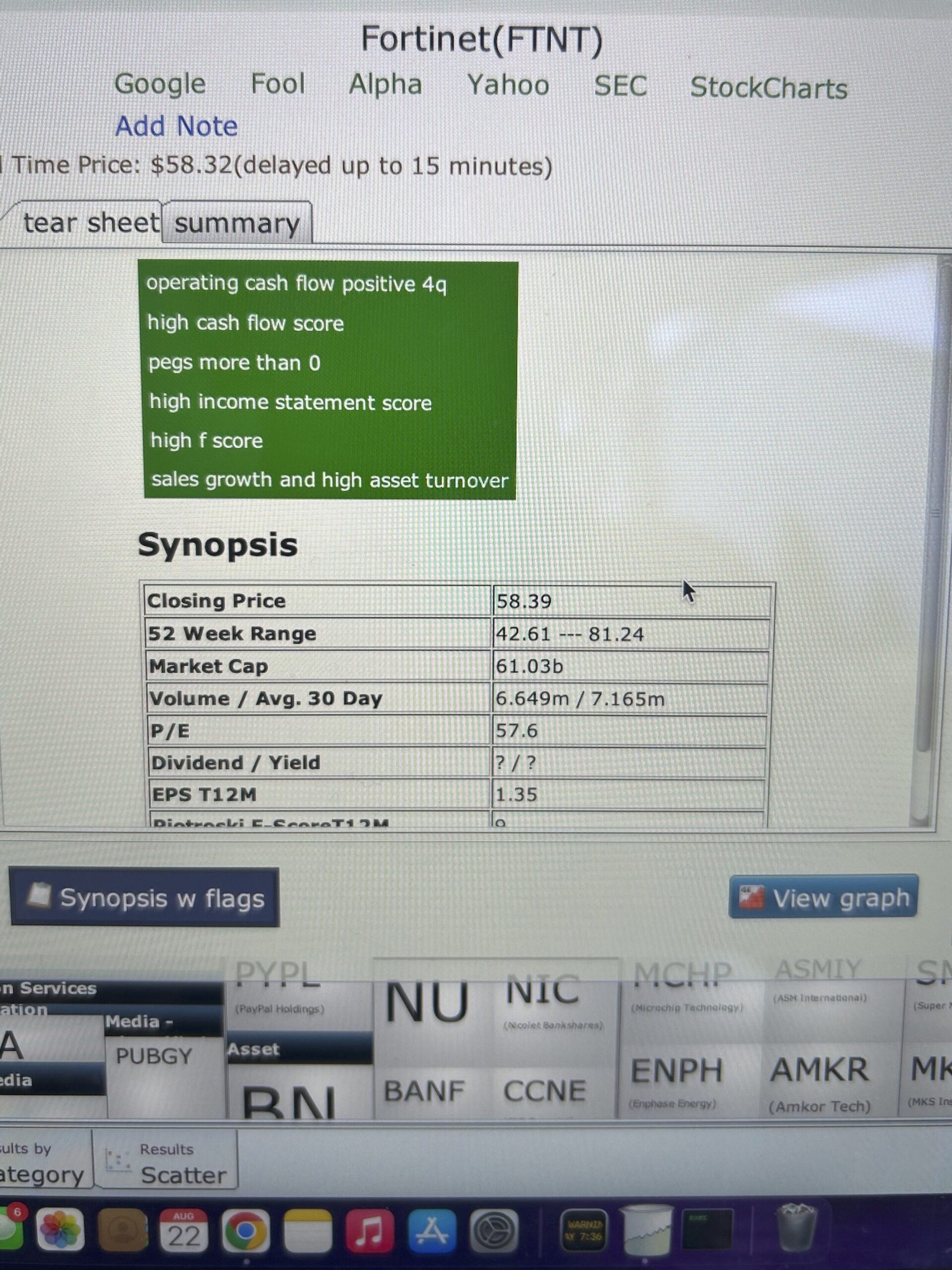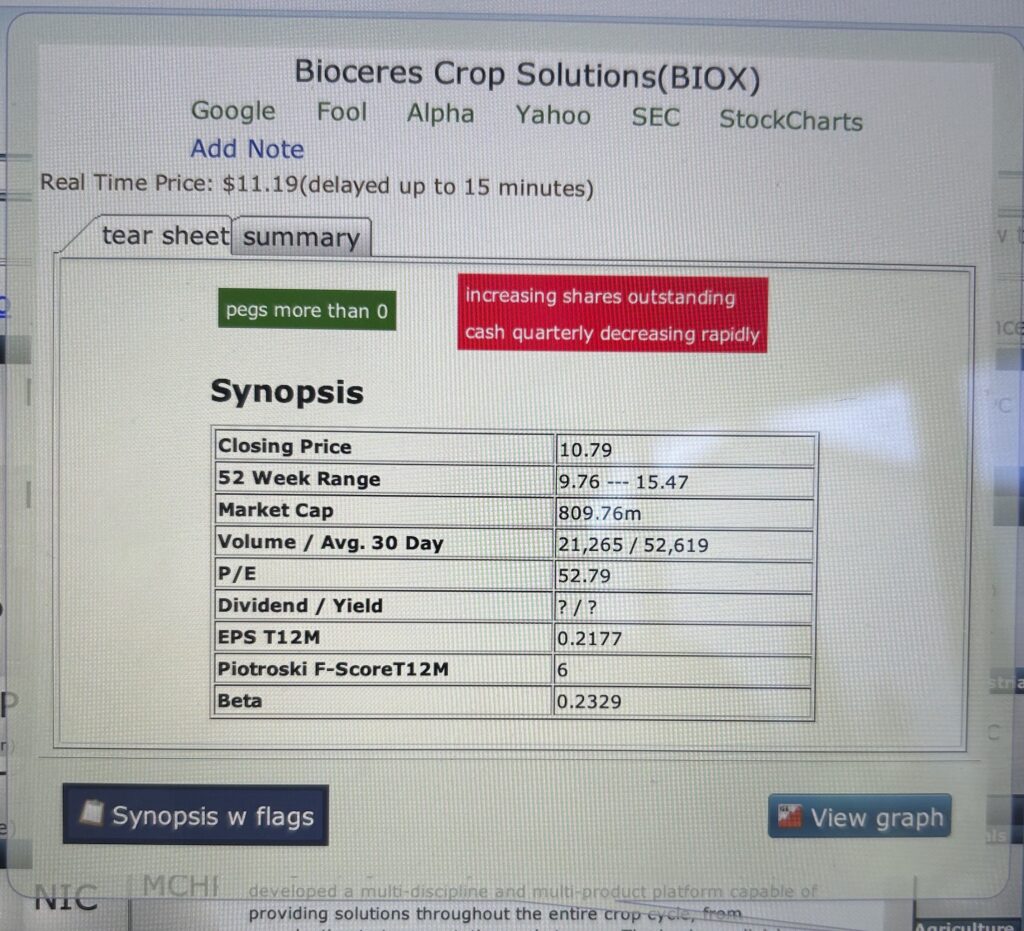The volatility of the market in early 2023 put investors on edge. With the hope of a better year in 2023, combined with the slipping S&P 500, the market felt unpredictable. But was it? That’s where risk management strategies are important!
The market’s sensitivity with the reported finance news can feel overwhelming. With market sentiment low, what can you do? Risk management strategies exist to avoid significant losses, even in unpredictable ups and downs. Keep reading for essential risk-averse strategies to incorporate into your trading mindset.
Long-Term Investments
Everybody faces losses in the market. How big of a loss do you want to face, though? With day trading or jerk reaction investments, you aren’t thinking in the long term.
Long-term investments (or the intention of investing long-term) will aid in your risk management. To invest for the long-term means you’re holding for at least a year and possibly up to 30 years or more.
Why are long-term investments risk-averse? Long-term investments are a risk management strategy because investors are more particular with their stocks because of the intended length of time. They want them to do well over an extended period of time, which means more research, solid strategies, and a thought-out investment. Along with the fact that the stock market always moves upward in the long run, meaning you’re more likely to experience a return the longer you invest.
Basic Steps for Long-Term Investments;
- Quantitative Analysis (base it off the data).
- Make sure a strategy has at least a 60% win rate (obviously, the higher percentage, the better), then narrow down from there.
- Backtest a strategy over at least ten years to see the performance in the long run.
- Analyze green and red flags.
Diversify Your Portfolio
Keeping all your apples under the tree doesn’t do any good; you need to make a pie! The same with your portfolio. To diversify your portfolio is to own various unrelated investments implemented across sectors, industries, formulas, etc.
Why is diversifying your portfolio risk-averse? A diversified portfolio is a risk management strategy because when your investments are spread out, your portfolio will be less sensitive to market volatility. The goal is to have higher returns in the long run while removing the risk/dependence on 1 stock or industry.
In other words, if you have all your eggs in one basket, what if you lose the basket? (definitely not how that saying goes..)
Basic Steps to Diversify a Portfolio;
- Invest in different industries
- Use Index Funds
- Invest in growth and value stocks
- Varying Market Cap Sizes
- Consider varying asset classes
Don’t Get Personal
Don’t make it emotional, make it about the math! Getting caught up in your feelings during trades or the market day will cloud your judgment. New investors can often fall victim to their emotions when trading, exposing them to risks such as holding for larger gains when they should’ve sold or not selling a loss when a stock is dipping because they couldn’t accept a loss.
Why is removing emotion risk-averse? Picking a strategy and sticking to it, rather than letting ego and other emotions get in the way, is the most effective approach to risk management. You won’t be swayed by how you feel because you know when to sell. Taking a loss is a fundamental event in a trader’s experience, don’t let it cloud how you make future decisions.
Basic Steps to Focus on the Formula:
- Use approved/tested strategies
- Stick to the strategy
- Stop loss
How to Start a Strategy
Maybe you are more interested in creating a strategy you trust rather than just following the norm. The next section demonstrates a thought process for creating a new strategy, looking for green flags, and implementing risk-management mindsets.
We can begin by observing what strategies/screeners perform well. Open Equities Lab, open the explorer tab and pick a screener (strategy). For now, let’s look at “Increasing Income” (you could also look at Tiny Titans, Rising Piotroski, etc.)
Over a 10-year period, it performs well! As the image below shows, it doesn’t beat the market but follows it closely and has a low volatility rate.
What if we backtested for increasing Accounts Receivable and Accounts Payable over a 5-quarter period? Here is a formula for this, as shown below:
The results for over 10 years are below. Not bad for a random thought! But what if we tested for years instead of quarters?
An even stronger, more consistent result! After backtesting over a 10-year period and getting relatively reliable results, I wanted to keep going. Next, look at the heat/positions map to identify the ratio for success.
The heat map below, sorted by return, shows a positive win to loss ratio, a green flag for the strategy.
To continue investing, we could look at the current results of the strategy. As of August 22, 2023 there are 142 matches for this strategy. To ensure we do our due diligence to weed out red flag stocks, we can implement tear sheets and select either the “Synopsis” or “Synposis w flags” tear sheet(s). Now, for every stock, no matter the sector, industry, success, etc. we get to see the following info.
The first stock selected was in the Consumer Cyclical sector, with 3 red flags, zero red flags, a strong F-Score, and a positive first glance at the information.

The second stock was in the Technology sector, with 6 green flags, zero red flags, a high F-score (not pictured), and a high potential investment status.

The third stock was in the Basic Materials sector, with 1 green flag, 2 red flags, a good F-Score, and some more exploring before I would ever consider investing.

To keep following this approach, test green and red flags to visualize their significance, continue learning about individual companies, and make the most informed decisions possible.
Takeaways
Finding the perfect strategy isn’t possible. Taking losses is inevitable. However, implementing varying mindsets around those strategies and experiences gives an extra cushion in a volatile market. The above example was a quick walkthrough of how to evaluate stocks with a risk-management mindset. Look at the details, backtest over extended periods of time, implement tear sheets, etc.
Do your due diligence to get a strategy worth investing in.
